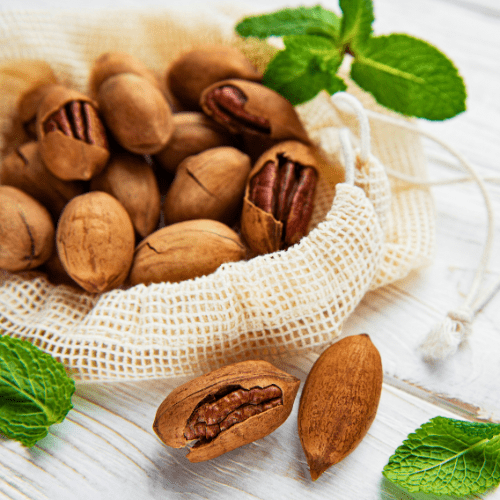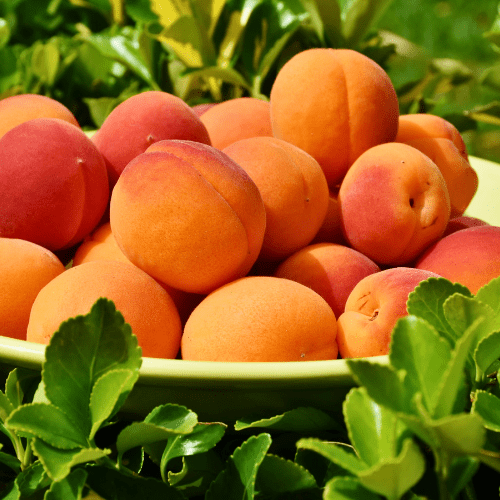Position
The Calamondin orange tree thrives in hot, humid conditions and full sun. Plant your trees about 3.5 to 5 metres apart to allow for their canopy to spread.
Calamodin trees can be grown in large containers if the pot has good drainage, and make sure to use high-quality potting soil and acid compost. You can even drill extra-large drainage holes and cover the holes with pebbles or a window screen to keep the soil from falling through. Raise the pot off the ground to improve drainage and air circulation. Cover the roots with a thick layer of mulch, grass, leaves, or bark in winter
Size
Depending on the soil, climate conditions and care, this orange tree can grow to a height of between 3 and 6 metres tall.
Soil Type
Calamondin oranges need well-draining, healthy sandy soil. Citrus like slightly acidic soil so add 1-2 bags of acid compost to the soil before planting. If your soil’s drainage isn’t optimal, plant the tree on a bit of a mound so the soil doesn’t become waterlogged.
Mulch
Apply 2 to 5 centimetres of pine bark mulch to protect the roots from UV damage and drying out. It retains moisture, and maintains an optimal pH. Do not let the mulch touch the plant stem, as it may cause infection or rot.
Watering
Your tree needs to be well watered for the best fruits. In summer and spring, increase your watering so that the tree doesn’t dry out in the heat.
Fertilising
To get the most out of your Calamondin orange tree, feed it with fertiliser in spring and summer. If the leaves start to yellow, your plant may not have enough magnesium. Apply a little Epsom salt to the tree’s dripline (where the leaves extend their reach).
Use our slow-release nitrogen-rich all plant fertiliser (which is excellent for citrus) Apply 1 teaspoon every 4-5 months.
Pruning
You may decide to prune your tree if you need to keep its spread under control, prefer a particular shape, or have diseased or dead branches that are sapping it of its vital energy. This tree grows well as a hedge.
Harvesting
Pick your calamondin oranges when they have turn yellow/orange all over. Clip or twist them carefully from the tree. If they’re ripe and you know rains are coming, try to take them off before the rains, as these can cause the fruits to spoil.








